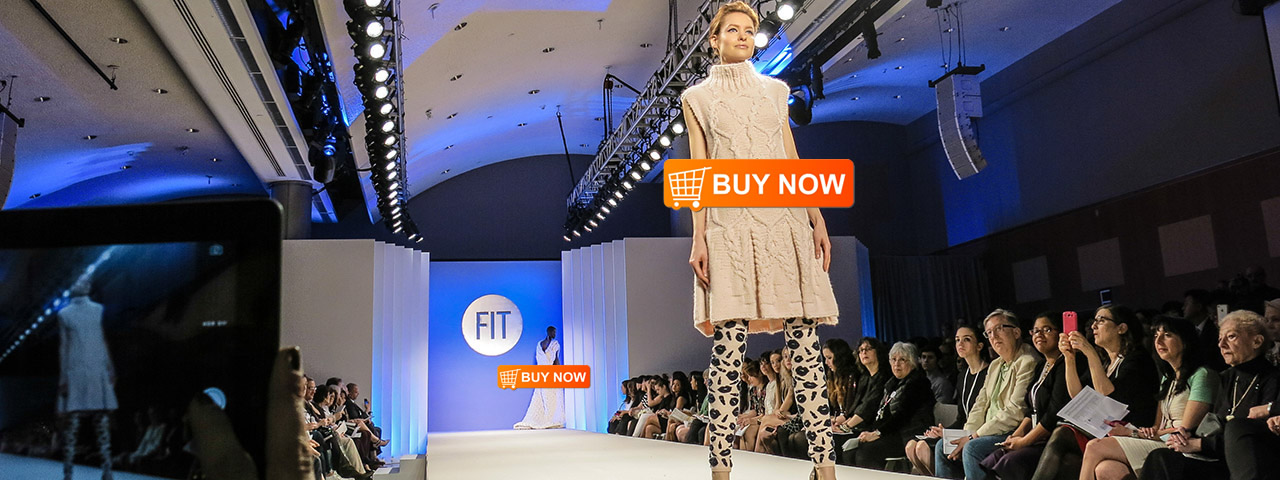The notion of “see now, buy now” that emerged during this fall’s New York Fashion Week runway shows (Burberry, Tommy Hilfiger, and Ralph Lauren, among others) may seem new, but FIT has been preparing its students for this shift for some time. This is particularly the case in two programs―Fashion Business Management (FBM) and Production Management: Fashion and Related Industries.
The change, according to Shawn Grain Carter, associate professor, FBM, has come about largely due to technology and social media. “The consumer has always been engaged in passive participation—reading fashion magazines, seeing celebrities on the red carpet,” Carter said. “But they were never actively participating in fashion in terms of ranking their favorite looks with likes and tweets. Previously, the consumer could only vote with their wallet. Now the consumer is the primary driver. They don’t have to wait to be told what to like. Instead, they interact directly with the brand.”
For many designers and retailers, the “see now, buy now” gamble seems to have paid off, and it may pave the way for others to do the same. Fortunately, FIT students are ready to adjust to the changing environment.
“This conversation started in 2013,” Carter said. “Since FIT is great about hiring people from industry, we’ve been discussing it for some time. Our students have to understand that the supply chain of eight weeks is no longer the model. In FBM we always make sure our faculty is in partnership with the retailers so we know what they’re looking for.”
Mario Federici, associate professor, Production Management, agreed, saying that his department has also been preparing students.
“With people today wanting everything, I think this will work for a while.” But he added that “see now, buy now” can’t supply the same quantity as the more traditional way of doing things. “We’re not talking about volume,” he said. “Not 1,000 pieces, but maybe 50 pieces. This is like a modern day trunk show.”
Carter pointed out that the “see now, buy now” trend is just one manifestation of the industry being at a critical juncture. It’s not only in the way fashion shows are conducted but also how consumers are buying fashion overall: increasingly online and through apps. “We’re now in 2016, and designers and brands and retailers are all getting that millennials are in charge.”

